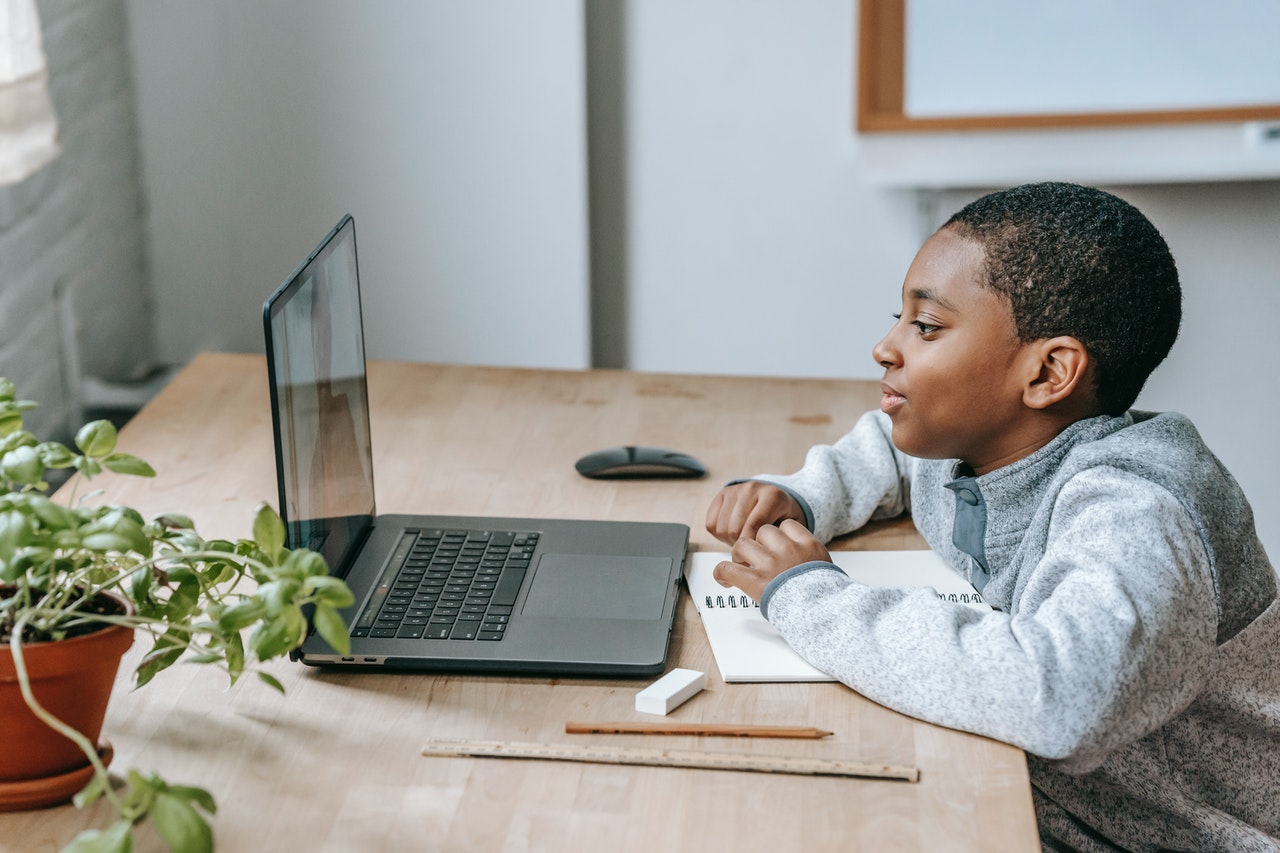Remote Learning Tips
- Home
- Parents
- COVID-19 Updates
- Remote Learning Tips

Parents and guardians can make a tremendous difference in how well their children transition to remote learning. The following eight tips for parents transitioning students to remote learning might prove helpful as everyone returns to school.
100 Ontario Ave, Sault Ste. Marie, ON P6B 1E3
P: 705-945-5400 • TF: 1-800-267-0754 • F: 705-945-5575 • frontdesk@hscdsb.on.ca